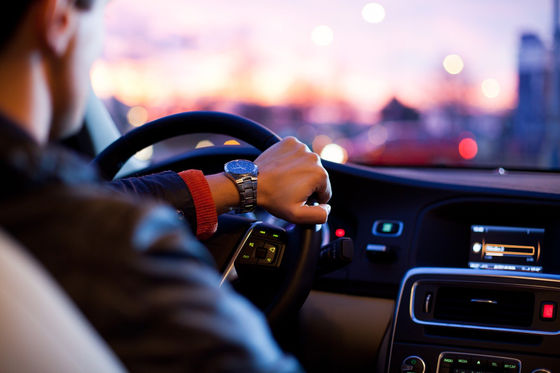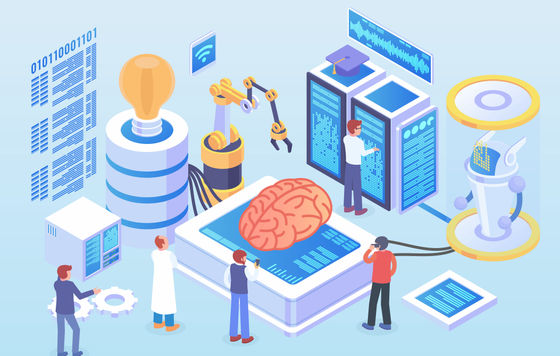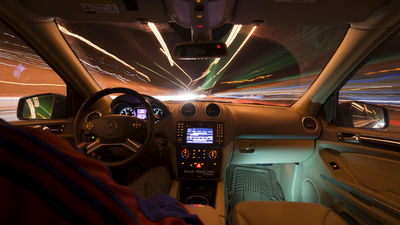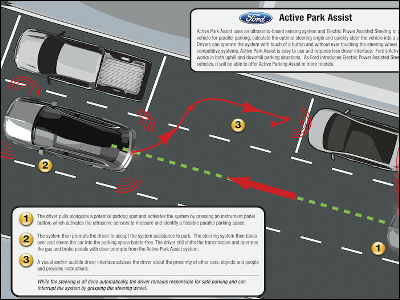How is machine learning evolving autonomous driving technology?

Autonomous driving, in which cars are driven automatically without human driving, has already been put into practical use, and companies are conducting further verification tests to increase safety in their actions. Oliver Cameron, co-founder and CEO of
The Next Leap in Self-Driving: Prediction-Let Me Level 5 With You
https://olivercameron.substack.com/p/the-next-leap-in-self-driving-prediction
According to Cameron, 'object detection technology' has been mainly discussed among autonomous driving technologies for the past 10 years. Object detection technology is a technology that detects people walking beside a pedestrian crossing or roadway. By increasing the accuracy of this technology, the detection rate of people who jump out in front of the car can be increased. can do.
The results of the object detection capability measurement test using the huge photo dataset ' ImageNet ' are as follows. The horizontal axis is the implementation year, and the vertical axis is the accuracy of object detection. Before machine learning became common in around 2010, the state-of-the-art technology at that time could achieve only 50% accuracy, but around 2020 the accuracy has reached 88%, and steady progress has been made You can see that we have achieved.

In 2012, when autonomous driving technology was still in its infancy, Alex Krizhevsky, Ilya Sutskever, and Geoffrey Hinton's research team
As a result of the above developments, Cameron said that although autonomous driving technology can safely detect important surrounding objects, it is still necessary to predict what surrounding objects will do next time Mr insists. If you make a correct prediction, you can predict the movement of surrounding people and objects and take appropriate actions, but if you make a wrong prediction, an accident will occur. While it may seem impossible at first glance to hear 'appropriate predictions,' Cameron explains, 'Human humans get thousands of pieces of information from their surroundings and make intuitive predictions.' I am.

As an example of the prediction problem with current autonomous driving technology, Cameron cited the situation of 'turn right on public roads.' When making a right turn, it is necessary to predict the movement of a vehicle in the oncoming lane or a pedestrian on a pedestrian crossing, and then make a right turn. Cameron explained that when current autonomous driving technology makes a right turn, it operates in the following process:
1: An object within a specific distance is detected by a sensor or other perception module, and the information is input to the prediction module.
2: The prediction module generates a prediction from the current and previous observations about how each object will move 5 seconds from the current time.
3: Calculate the feasible 'safest behavior' by substituting all the individual movement predictions into the algorithm.
4: Re-evaluate decisions every 100 milliseconds while implementing the 'safest action.'
Autonomous driving in such a process could have dangerous consequences, Cameron said, especially in crowded urban areas. On the other hand, in recent years it seems that there is a movement to apply machine learning technology to prediction, Cameron said, `` It is eerily similar to AlexNet applying machine learning to object detection '' `` Can significantly improve the accuracy of predictions. '

While predicting that autonomous driving technology does not require prediction, applying machine learning technology to prediction also dramatically improves the decision-making ability of autonomous vehicles and enables passengers to move smoothly and safely. That's when Cameron explained. He commented that he will announce Voyage's work on predictions in autonomous driving technology in the near future.
Related Posts:







